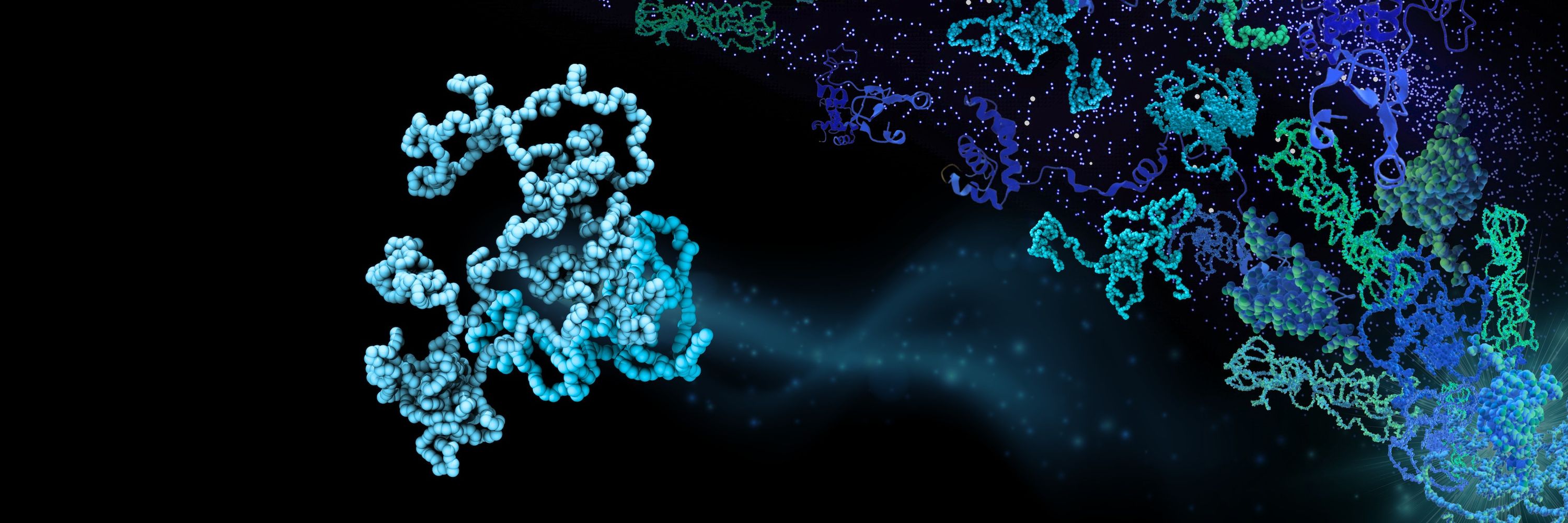Kresten Lindorff-Larsen
@lindorfflarsen.bsky.social
5.4K followers
1.1K following
1.1K posts
Protein and coffee lover, father of two, professor of biophysics and sudo scientist at the Linderstrøm-Lang Centre for Protein Science, University of Copenhagen 🇩🇰
Posts
Media
Videos
Starter Packs
Pinned











